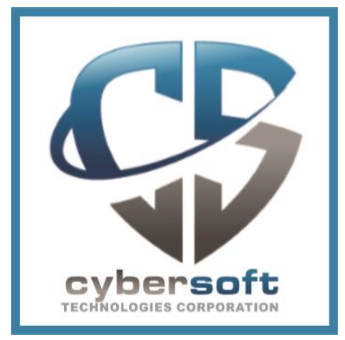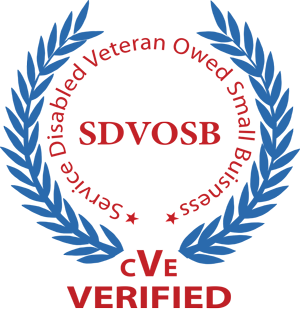Network and Wireless Training
The ability to provide users with constant access to critical data is essential for the success of today’s rapidly evolving networks. In this training course, you gain a comprehensive set of tools and techniques needed to proficiently configure and maintain networks, as well as identify and resolve problems related to cables, wireless connections, protocols, and applications.
Content
- Networking Overview
- Types of networks
- Hardware and software
- Executing a troubleshooting methodology
- Employing fault isolation at each layer
- Connecting the Physical Layer
- Twisted pair
- Fiber
- Wireless
- EIA/TIA standards
- Strategies for successful configuration
- Validating wiremap with cable scanner
- MDI/MDI-X port configuration
- Specifying various fiber types
- Building the Data Link Layer
- Designating Layer 2 MAC address
- Demystifying access methods
- Displaying NIC configuration
- Logical and physical topologies
- Star
- Hybrid
- Mesh
- 802 standards
- Wireless
- Fast and Gigabit Ethernet
- xDSL
- Cable modem
- Frame Relay
- ATM
- Testing speed and duplex settings
- Authenticating using 802.1X and EAP
- Switching at the Data Link Layer
- Differentiating Ethernet and 802.3 frame formats
- Capturing and filtering traffic with Wireshark
- Deploying switches
- Interpreting Layer 2 traffic
- Defining the VLAN
- Port tagging with 802.1Q
- Interconnecting VLANs across switches
- Wireless Networking
- Network types and standards
- Selecting infrastructure or ad hoc mode
- IBSS
- BSS
- ESS
- Setting up the access point
- Configuring the SSID on a client
- Securing the wireless traffic
- Integrating the Network and Transport Layers
- TCP/IP protocol suite
- OSI model vs. TCP/IP model
- Public vs. private addresses
- Allocating addresses with DHCP
- Managing addresses with ifconfig/ipconfig
- Resolving address conflicts
- Subnetting and the adjacency test
- Interpreting a routing table
- TCP
- UDP
- IP
- ARP
- ICMP
- Identifying common protocol issues
- Troubleshooting the Application Layer
- File
- Messaging
- Database
- DNS
- Web services
- Debugging name resolution with nslookup

